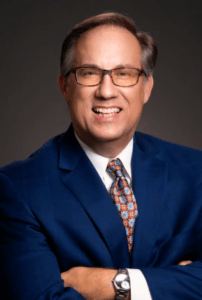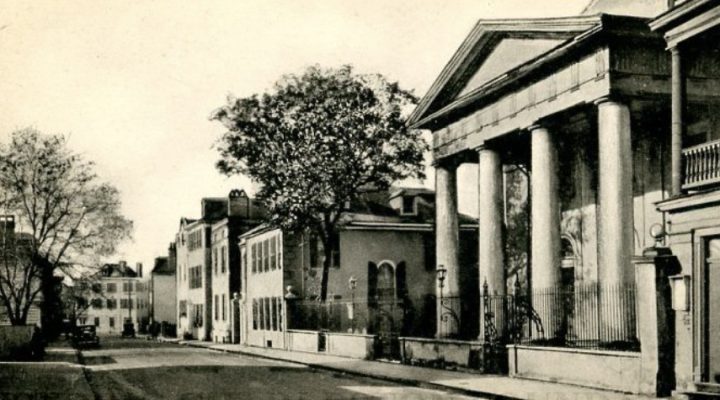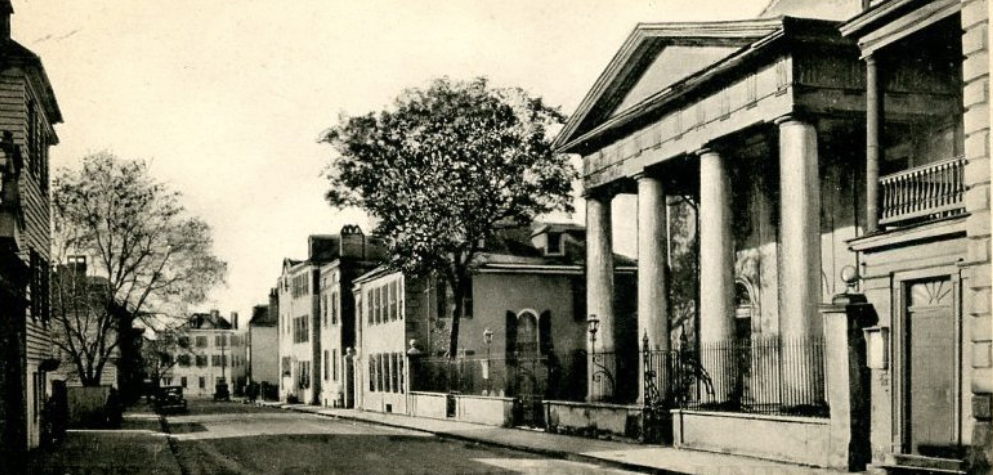Walter “Buddy” Shurden is an esteemed historian who taught at Carson-Newman University, Southern Baptist Theological Seminary and Mercer University. In a series of lectures in 1980, Shurden described two broad streams of practice in Baptist churches he labels the Sandy Creek tradition and the Charleston tradition.
So let’s apply these labels to worship.

Doug Haney
The Sandy Creek tradition is informal and fervent. This tradition emphasizes personal experience with God. We see this in gospel hymns like “Wherever He Leads I’ll Go” and “In the Garden.” Lyrics express Jesus is our friend, or even lover. And of course, within the limits of language, this is true. We believe Jesus has come to earth and walked in the shoes of our humanity; God chose to come to us and be one of us.
The Charleston tradition is formal and orderly. This tradition focuses more on the transcendence of God, who is above all as Creator. Hymns like “Holy, Holy, Holy” or “How Great Thou Art” point to God who is beyond our understanding. This worship style may look and feel more like Episcopalian worship.
Now, here’s my story.
I grew up in a small town, Alpharetta, Ga., in the 1960s and ’70s, and my three-generation family attended First Baptist Church of Alpharetta. Yes, we sang “Holy, Holy, Holy” and there was a worship order printed on stock paper. But the heart songs of the people were rooted in the gospel tradition. These are good, formative memories. Like the Wesleyan tradition, I felt my heart “strangely warmed” among these good people. I was reared in the Sandy Creek tradition.
Fast forward to graduate school. I attended Southwestern Baptist Theological Seminary in a golden age of church music education and studied conducting with Robert Burton there. In my last year of seminary, my wife and I began to attend Broadway Baptist Church in Fort Worth. Broadway with its neo-Gothic sanctuary looked like a cathedral to this young church musician from a small town in North Georgia. And this highly liturgical approach to worship was like discovering a wonderful secret. I loved everything about it. I had experienced the Charleston tradition.
“I have experienced my own internal worship war for my entire vocational career as a church musician.”
Now, my confession. I have experienced my own internal worship war for my entire vocational career as a church musician. Perhaps I have learned to live with the creative tension of both the Charleston and the Sandy Creek tradition.
Credo: This I believe, that worship, meaning the choices of worship and music for worship, must point us to God. Now, we can debate what that means and music for worship can vary widely according to the context and the resources available. But what we do in worship must draw the mind and heart of the worshiper toward the Creator, or it is simply not worship.
I once heard a younger staff member say, “Worship is everything we do.” No, not really. We may intend to honor God in everything, in the work of missions and advocacy, but corporate worship has a singular focus: God.
I hear very little conversation these days in church about theology and practice of public worship. This may not be fair, but I don’t see many clergy writing about worship. When I look around, I see church staffs adopting a merely market-driven model (whatever works) or a museum-model (whatever is in the archives).
What could we learn from living in the tension of the Sandy Creek and Charleston tradition in our local context? How might the best of these traditions help us practice resurrection in public worship?
Doug Haney recently retired as minister of music at Wilshire Baptist Church in Dallas. He and his wife, Lori, now live in Rock Hill, S.C., and he leads a national network of church musicians called Polyphony.


